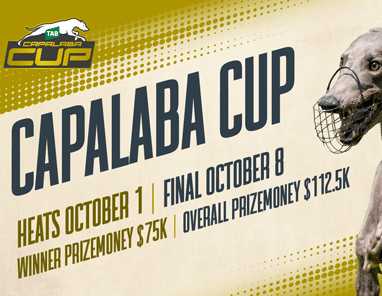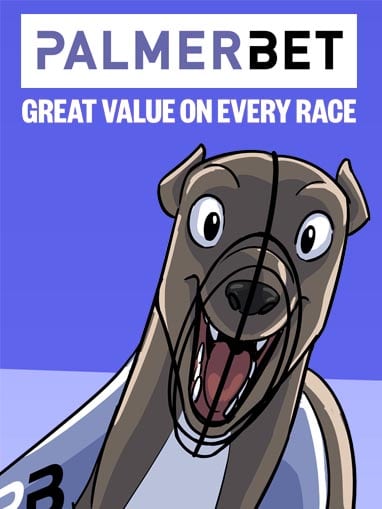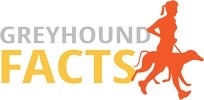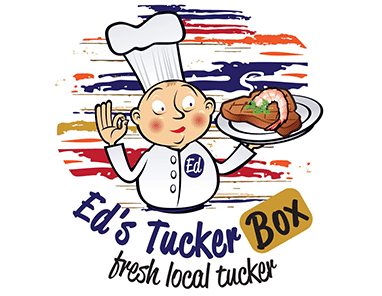
Caption: Doug Gladman with his wife Heather in the centre of a happy presentation dais after his little champion Tyanna Belle won the Queensland Flame. (Photo: Box 1 Photography)
BEFORE I venture into this article for Chase newspaper, I have to emphasise I am far from a genius trainer of greyhounds.
But my life has been greatly involved with research and I have always looked for avenues to improve knowledge.
That is the first bit of advice I can give to anyone contemplating getting into greyhounds. The most important issue in this industry is tradition v science. It is my belief everyone should be wanting to ask why.
Too many people are training greyhounds in the way they were taught by their grandfathers just because that’s the way they did it decades and decades ago. And they never put science into their armoury.
I have proved this myself and the industry has picked up on this only recently after I brought it to their attention.
This proof is found in the fact greyhounds have been chasing a lure for the past 50 to 100 years they could not see. The Russians found all dogs have two cones behind their eyes and it had been proven they cannot see the colours green or red.
How many times did we see the lure on racetracks being the colour red. Put that on a loam track and what hope did a greyhound have? All they were seeing was movement.
Blue and yellow are the colours now used for lures almost all around the world because of this research. This is just one instance of tradition v science.
My wife Heather and I got into greyhounds back in 2001, but it was not until 2012 when we moved back to Queensland that we started training. This was after a hobby horse-training career.
We had a horse called Arctic Rest who was 25th in order of entry to the 1981 Melbourne Cup (won by Arwon). He had 47kg in the Cup and was beaten a short half head in the STC Gold Cup when second and if he had won a penalty would have got him into the Melbourne Cup.
In recent times, we have had geyhound success with (The Phoenix finalist) Tyanna Belle and since we changed our training methods with her, she has improved out of sight. She is a fierce chaser and needs a head check to get her to the boxes on race nights.
She is so fierce behind a lure our training of her is calling her up with a whistle.
Think about it. A greyhound goes from standing still to 65 km/h in a few seconds and no other animal does that. There is so much pressure on the hind legs. So, it makes sense to limit the number of times she comes out of the starting boxes unless she is racing.
Another feature of training should be blood recovery.
I believe very few trainers of greyhounds would realise a body cannot recover its red blood cells within 72 hours of a race. The red blood cells carry the oxygen throughout the body of a greyhound. If a greyhound is raced within that 72 hours it will be short of oxygen.
Of course it will recoup some, but not all.
My recommendation to newcomers in this industry is to buy a well-bred pup. And the number one aspect of this is the cost. Spend more to buy a better-bred pup. After that initial purchase price, every cost you will encounter will be the same.
When my wife Heather and I buy pups. We pay more for them when they are seven or eight months old. We like that early rearing already is done.
Another piece of advice is to get it educated by the best in the business. We always send our pups to Kevin McNamara in Victoria. He educated Brett Lee and in The Phoenix he had two of the finalists, our bitch Tyanna Belle and Plaintiff.
If you are planning to train the dog yourself, get to know the dog. Individuality, I’m a great believer in it. You can easily pick up if your dog is feeling well, but you only know that by knowing your dog.
Feeding is meat and kibble. Stay away from additives. A greyhound needs 15 per cent fat and 25 per cent protein and that is in a normal meat and kibble diet. Our dogs get a breakfast of Weetbix, honey, a chicken neck, banana and a biscuit.
Anyone who feeds an iron supplement is wasting their time. All the iron a greyhound needs is in red meat.
And one of the most popular vitamin supplements is simply ground-up seaweed.
As I mentioned earlier, science should be an important part of your training.
How many trainers today would know a greyhound can see in the dark four times better than a human, that their hearing is five times better and their sense of smell incredibly stronger.
A dog’s sense of smell is so strong, they are now being used not only as drug detection, but geologists are using them to find some minerals underground. Dogs are being used to smell for seals under the ice and some can be trained to pick up cancer. Of course bloodhounds are amazing.
I have a research background so all these things I have found interesting, fascinating and been able to use.
It is why my first and most important bit of advice for anyone coming into this industry is “you have to ask why”.









